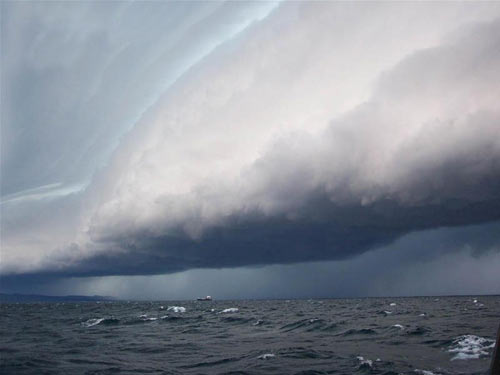Climate change will increase both the frequency and intensity of storms in the Atlantic Ocean. This warning was issued on May 31 by American scientists working at the Massachusetts Institute of Technology (MIT).
This alert comes ahead of the Atlantic hurricane season.
 |
|
Photo epa.gov |
This is not the first time that scientists have made this assessment. Since Hurricane Katrina devastated Eastern coastal cities in the United States in August 2005, scientists around the world have continuously warned that due to rising global surface temperatures, more and more intense tropical storms will form over the oceans.
The 2005 Atlantic hurricane season recorded a record number of 15 strong storms out of a total of 28 tropical storms.
American scientists have once again warned about the environmental damage caused by the increasing use of fossil fuels by humans. The rising temperatures are also causing ice in both polar regions to melt, threatening to flood many areas, with the most recent event being the historic floods in several European countries in April, when the Danube River surged to unprecedented levels in a century.
In Mexico, the Mexican Navy (SEMAR) announced that the number and intensity of storms in the country this year will be similar to last year, urging fishermen and coastal communities to remain vigilant and prepare for disaster prevention measures.
Mexican experts forecast that this hurricane season, approximately 15 to 20 tropical depressions or storms may make landfall in the country, causing heavy rainfall in coastal areas along the Pacific and Atlantic Oceans.
In light of this situation, SEMAR’s storm forecasting agency has decided to increase the frequency of broadcasts regarding unusual climate phenomena through various channels to promptly inform the public about disaster prevention measures.

















































